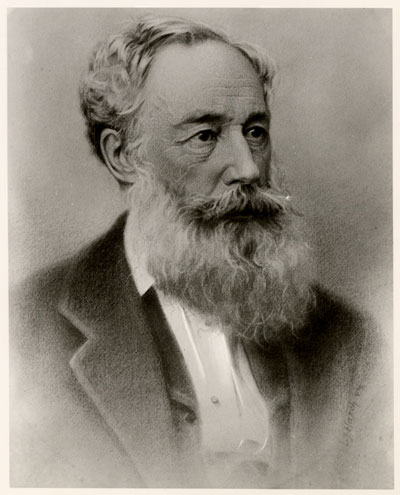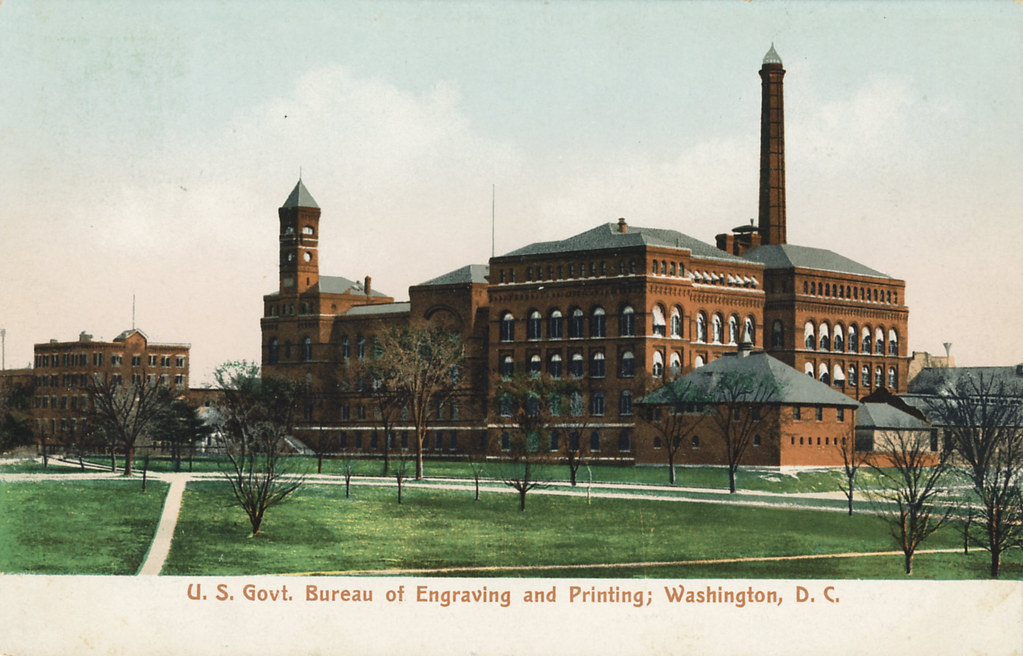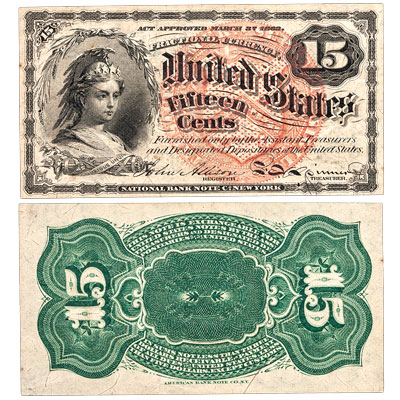Fun with Fractionals!
As gruesome as the Civil War fighting was, it resulted in some colorful slang. How about fresh fish for new recruits? Biting the bullet because there was no anesthesia for field surgery? And shinplasters for…?
That’s the Rub!
Let’s go back to an earlier war, the American Revolution. Anecdotal history tells us that because their boots chafed, soldiers used small, square patches of paper to prevent blisters forming between their knees and ankles. Resulting nickname? Shinplasters.
Now, let’s return to the 19th century. With the outbreak of the Civil War, the need to print money in denominations less than one dollar became critical for both sides. Why? A massive shortage of circulating coins as consumers hoarded them. The small size of the subsequent decimal notes recalled the 1776 shinplasters.

Take a look at this 5¢ fractional note printed for 10 months from 1862-1863 in what’s called the First Issue. Initially, it was called Postage Currency, not just because the center motif resembled a stamp but it could be exchanged for stamps at any post office. In this example, Thomas Jefferson, our nation’s third president, is featured. And, in the absence of small denomination coins, Postage Currency could be used also to make change.
On the front is the name of the National Bank Note Company, one of the era’s private printers of paper money, postage stamps, plus stock and bond certificates. On the back, at the lower right corner is the monogram of rival American Bank Note Company. The Treasury Department had that firm print the backs as an extra security measure against counterfeiters – a huge challenge in wartime. Conservative estimates put the widespread issue of counterfeit paper money during the Civil War at one third to one half of all circulating bills.
Ironically, the Confederate States of America contracted with the same private firms to get their own fractional currency printed. At our Learn Center, discover the Civil War notes and bonds of the Confederacy Littleton’s chairman, David M. Sundman, helped acquire.
Adam’s Rib
In all, Congress passed successive legislation for five distinct periods, or issues, of fractional currency whose print run extended past the Civil War’s 1865 end. In the 14 years from 1862 to 1876, the total number of fractional notes printed for circulation amounted to nearly $369 million. According to a 1964 Treasury report, less than $487,000 still had not been redeemed.
Take a look at this intricately designed 15¢ Fractional Currency Note from the Fourth Issue of 1869-1875. It’s in remarkable Choice Crisp Uncirculated condition – hard to find in the 21st century. It features Columbia, the nation’s original progressive ideal before Liberty. She’s wearing a feathered headdress with an eagle head.
This note is the only 15-cent fractional currency ever printed for circulation and the first to carry the Treasury’s seal. It also features several anti-counterfeiting details including watermarked paper with pink silk fibers.
It was during the Civil War that selected Treasury clerks were tasked with handling paper money sent in by the private printers. Working in evermore crowded spaces, these clerks printed signatures, separated and trimmed the sheets of fractional notes, and then prepared them for distribution by banks and post offices.

But Superintendent of Operations Spencer M. Clark figured out a way to make fractional currency, as well as demand and legal tender notes, less expensive for the Union to print and to have them embedded with anti-counterfeiting features – a growing concern as the Civil War wore on. Before long, Treasury officials hired note engravers. Then they purchased a printing press.
Within the Treasury Department, this operation was called by different names: Printing Bureau, Small Note Bureau, Currency Department, Small Note Room, and then the unwieldly congressional label of First Division of the National Currency Bureau.
How to Collect Fractionals and Other Paper Money
Finally, in 1874, the Bureau of Engraving and Printing (BEP) emerged as the official name. By 1877, the BEP was printing all U.S. paper currency – contracts were no longer awarded to private vendors – and the Treasury building was running out of space for print production. So, in 1878, construction began on the BEP’s own standalone building on 14th Street at Independence Avenue, SW. The understated Romanesque Revival brick structure today is used by the U.S. Department of Agriculture and the Forestry Service, while the modern BEP facility is located around the corner on Raoul Wallenberg Plaza, SW. (And, yes, tours are available Monday-Friday!)

If you are new to collecting, you may discover that coins and paper currency naturally complement each other – and not just from a design perspective. Often, paper money can put coinage into a more meaningful context of history, both economic and political. Check out the eight different categories we have for collecting paper money!
I want to end this Heads & Tails blog article by giving you a full-circle opportunity to discover more about shinplasters and early paper money! Take a look at this fascinating video of a lecture by historian Joshua Greenberg produced by the Massachusetts Historical Society. It uses the title of his book Bank Notes and Shinplasters: The Rage for Paper Money in the Early Republic. As we’re on the cusp of celebrating America’s 250th birthday in 2026, give it a hearing!
SOURCES
Bowers, Q. David. Whitman Encyclopedia of U.S. Paper Money. Atlanta, GA: Whitman Publishing, LLC, 2009.
Bureau of Printing and Engraving. “History.” Accessed April 30, 2025 https://www.bep.gov/currency/history
Chambliss, Carlson R. U.S. Paper Money Guide and Handbook. Port Clinton, OH: BNR Press, 1999.
Friedberg, Arthur L. & Ira S. Paper Money of the United States: A Complete Illustrated Guide with Valuations 22nd edition. Williston, VT: Coin & Currency Institute, 2021.
Huston, Madelyn. “Canadian Bills.” Accessed April 16, 2025. https://mapleridgemuseum.org/canadian-bills
Streets of Washington (Legacy Posts). “Sweatshop: The Bureau of Engraving and Printing c. 1905.” April 18, 2010. http://www.streetsofwashington.com/2010/04/sweatshop-bureau-of-engraving-and.html
U.S. Department of the Treasury. “History of the Treasury: Hamilton and the Establishment of the Department of the Treasury.” Accessed April 16, 2025. https://home.treasury.gov/about/history/history-overview/history-of-the-treasury




